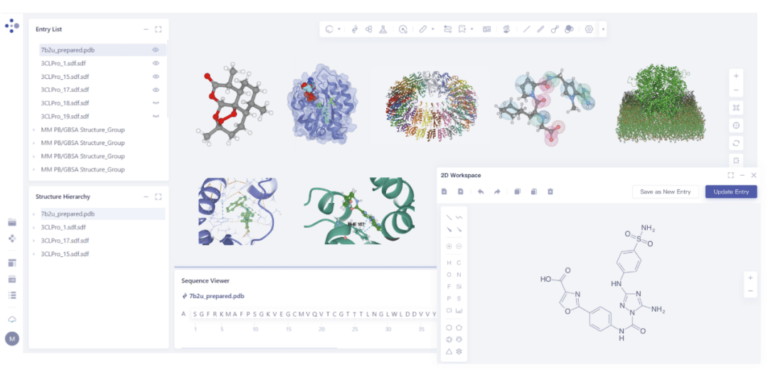
Heidy Khlaaf is an engineering director at the cybersecurity firm Trail of Bits.
She specializes in evaluating software and AI implementations within “safety critical” systems, like nuclear power plants and autonomous vehicles.
Imposter syndrome has a strong hold on women within tech, and leads many to doubt their own scientific integrity.
The way AI systems are trained embed human bias and discrimination within their outputs that become “de facto” and automated.
AI systems should not be exempt from standard auditing processes that are well-established to ensure public and consumer protection.

Now, before you get too excited about the “quantum” part of “Azure Quantum Elements” (and why wouldn’t you — it’s in the name, after all), let’s get this out of the way first: No quantum computer was used in this project.
Azure Quantum Elements, which launched last summer, combines AI and traditional high-performance computing (HPC) techniques into what is essentially a workbench for scientific computing, with the promise of providing access to Microsoft’s quantum supercomputer in the future.
Krysta Svore, who leads Microsoft Quantum, told me that the overall idea here was to see how far the team could push what is currently available in Azure Quantum Elements (AQE) — and especially the AI accelerator — to advance materials discovery.
After that, the researchers used existing HPC techniques to identify those 18 promising candidates to focus on.
And while the quantum computing community continues to push the state of the art ahead at a steady pace, we’re still at least a few years away from seeing a quantum computer that is actually useful.

Microsoft today announced that it has worked with the U.S. Department of Energy’s Pacific Northwest National Laboratory (PNNL) to use its Azure Quantum Elements service to whittle down millions of potential new battery materials to only a few — with one of them now in the prototype stage.
Now, before you get too excited about the ‘quantum’ part of ‘Azure Quantum Elements’ (and why wouldn’t you — it’s in the name, after all), let’s get this out of the way first: no quantum computer was used in this project.
Azure Quantum Elements, which launched last summer, combines AI and traditional high-performance computing (HPC) techniques into what is essentially a workbench for scientific computing, with the promise of providing access to Microsoft’s quantum supercomputer in the future.
Krysta Svore, who leads Microsoft Quantum, told me that the overall idea here was to see how far the team could push what is currently available in Azure Quantum Elements (AQE) — and especially the AI accelerator — to advance materials discovery.
And while the quantum computing community continues to push the state of the art ahead at a steady pace, we’re still at least a few years away from seeing a quantum computer that is actually useful.

Working to apply artificial intelligence to molecular simulations, DP, short for “Deep Potential”, believes that the unifying power of “scientific research for humanity” will pave the way for its global expansion.
Areas that can benefit from scientific computing range from biopharmaceutical research and car design to semiconductor development.
The London-based AI powerhouse reported £44 million ($60 million) profit in 2020, up from a whopping £477 million ($650 million) loss in 2019.
In the meantime, DP’s international ambitions might encounter roadblocks from the ongoing decoupling that’s dividing the U.S. and China across many areas, including scientific research.
“Both the fields of basic science and biopharmaceuticals are shared by all of humanity, and they are relatively open and inclusive.







